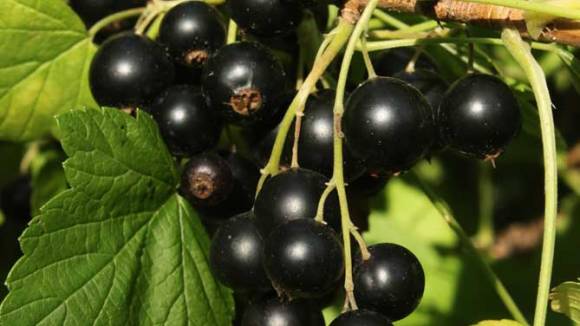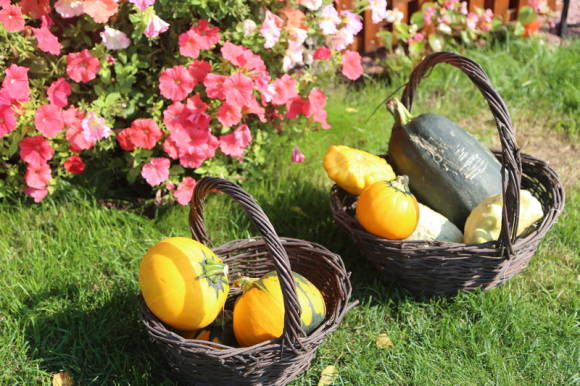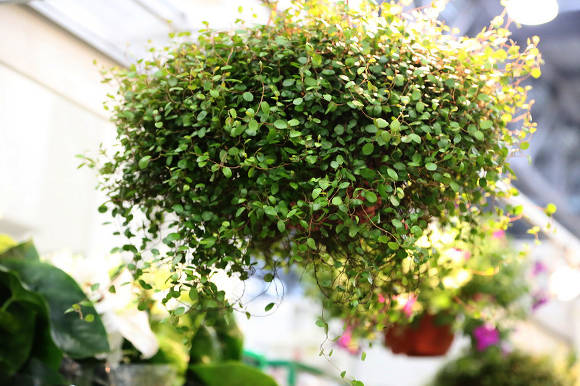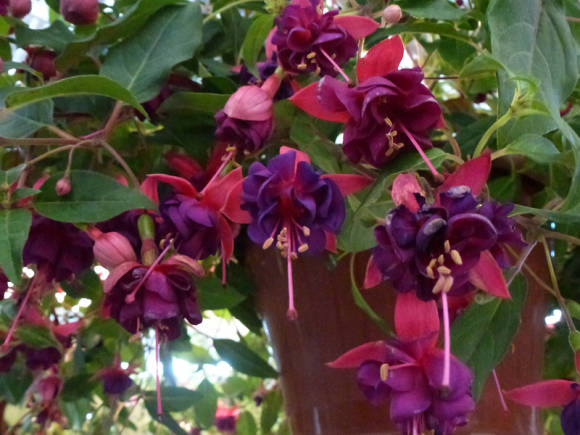Of all the "solid" vegetables in room culture, cucumber is the most widespread, although growing it in winter in a room with a lack of light is much more difficult than growing a tomato. Its indoor culture is possible in a sunny room at an air temperature not lower than + 20 ... + 22 ° С during the day and + 18 ° С at night.
Therefore, if you do not have bright artificial lighting to highlight the plant, then it makes no sense to start growing cucumbers at home before the beginning of February.
Sorts of cucumbers for the windowsill

When growing cucumbers, it is very important to choose the right variety. Unfortunately, there are practically no special "indoor" varieties of cucumbers, but there are many varieties that can be "adapted" for growing at home.
Many old gardeners still grow the time-tested old varieties Rykovsky, Marfinsky, Domashny. They do not have a high yield, but they are shade-tolerant and extremely resistant to external unfavorable factors (temperature, humidity, soil, etc.). They all need artificial pollination. But these are all sorts of the day before yesterday.
For growing in a room, modern shade-tolerant parthenocarpic (female type of flowering, without barren flowers), heterotic self-pollinated hybrids - Prestige F1, TSXA-77 (Zozulya) F1, Marinda F1, Claudia F1, Pasadena F1, Pasamonte F1, which do not require pollination, are most suitable. Under the condition of artificial pollination in the room, heterotic hybrids TSKHA-211 (Manul) F1, TSKHA-761 (Cucaracha) F1, etc., work well.
But all these hybrids must be grown in separate boxes with a capacity of at least 1 bucket. And it should not be forgotten that in good lighting they can grow up to 3 meters or more. And practically for growing in a room, you can use all varieties or hybrids with partial parthenocarp, intended for growing in greenhouses, but they need to regularly do manual pollination.
Priming
When growing cucumbers in an apartment, it is very important to choose the correct composition of the soil mixture. Such a mixture for winter "borage" is easiest to prepare from equal parts (by volume) of ventilated peat, manure humus, sod land and rotted sawdust or coarse river sand. Add 3-4 tbsp to a bucket of this mixture. tablespoons of wood ash, 1 tbsp. spoon nitrophoska, 1 teaspoon of urea and mix everything thoroughly.
An excellent and inexpensive soil can be obtained by mixing 2 hours of ready-made and inexpensive “Gardener” soil (for cucumbers), 2 hours of rotted sawdust and 1 hour of vermicompost. Instead of "Gardener" you can use ready-made soils "Uralets", "Flora", "Krepysh", "Ogorodnik", "Special No. 2" (based on "Living Earth"), universal soils "Gumimax", etc.
Sowing
Pots with prepared soil mixture are watered with hot water a few minutes before sowing, then 2-3 pre-prepared seeds are sown and placed in a warm place with a temperature of + 24 ... + 25 ° С. But you cannot put them on a central heating battery, since the seeds can dry out quickly.
After emergence, the pots are placed on a sunny windowsill, where there is no draft. At the same time, the temperature during the day should be at + 22 ° С, and at night around + 16 ° С. As soon as the seedlings get stronger, only one most developed plant is left in the pot, and the rest are not pulled out, but cut with scissors.
In the phase of 3-4 true leaves (the sooner the better), seedlings with a clod of earth can already be transplanted into a permanent container. Best suited for these purposes are plastic buckets with a capacity of 7-10 liters of soil with holes in the bottom to drain excess water from irrigation and a pallet. Often, cucumbers are transplanted into clay pots or wooden boxes, which are first covered with plastic.
You can immediately sow cucumber seeds in large containers, but this causes significant inconvenience in the apartment, since these large containers will have to be kept on the windowsill for about a month.
Conditions for growing cucumbers on the windowsill

During the winter cultivation of cucumbers, special attention should be paid to the illumination of plants, watering, thermal regime, air humidity, composition and timing of fertilizing.
Lighting... Cucumbers are best grown on wide southern windowsills. But in February and March, the daylight hours are too short, therefore, even in sunny weather, the plants must be illuminated for 12-14 hours a day, and in cloudy weather - for 14-16 hours. The time of plant illumination must be calculated so that the lamps do not turn off at night. This is best done with fluorescent lamps. Conventional incandescent lamps are not suitable for this purpose.
In March, when both the length of daylight hours and the number of sunny days noticeably increase, the time for plant illumination can be gradually reduced. For better illumination, window panes should be wiped regularly, and the plants should be rearranged so that they less shade each other.
If the glass of the windows is frozen, then the cucumbers must be immediately removed from the windowsill, since the air near the glass is 10-15 ° C colder than the room air. Cucumbers do not tolerate overheating. If they stand next to the heating battery, then they must be protected by screens from dry hot air. The temperature regime in their zone should be + 22… + 24 ° С during the day, + 16… at night. + 18 ° C.
With the onset of warm weather, the room must be ventilated. But we should not forget that cucumbers do not like drafts, but they like moist air. Therefore, it would be nice to pull the curtain from the film to protect the plants. On warm sunny days, you need to take it off, and pull it on at night. And to increase the humidity of the air next to them, you need to hang a damp cloth rolled up in several layers on the battery as often as possible, or use air humidifiers.
The technology of growing cucumbers in the winter in an apartment is practically no different from the technology of growing them in a greenhouse. In the phase of 5–6 leaves, the plants are tied with twine to a peg stuck in the middle of the container, or attached with twine to the top of the window. And when the plants grow up, their whips are directed to a special staircase up to 2 meters high or more, depending on the cultivated variety and your capabilities.
Formation... Hybrid parthenocarpic plants of cucumbers form, limiting the growth of lateral shoots. To do this, in the lower 4–5 nodes, they are completely pinched, and higher in the next 3–4 nodes, depending on the timing of the culture and the variety, above the 2-3rd leaf. After the plant reaches the top of the trellis or stairs, the stem is pinched, and the side shoots coming from the axils of the leaves are pinched at a length of 30-40 cm.
In 35–40 days after germination, cucumber plants bloom. If the variety requires it, then you need to take care of pollination of the flowers. Yellowing and shedding of undeveloped ovaries indicates that they remained unpolished.
Pollination... To pollinate a female flower, it is enough to touch it with a male flower so that the pollen from the stamens of the male flower sticks to the stigma of the pistil. To do this, it is necessary to pluck the male flower (barren flower), carefully remove the petals from it and attach the remaining stamens to the middle of the female flower.
To determine how long it takes for a plant to develop a fruit, a pollinated flower is marked with a string with a paper label on which the date of pollination is recorded. Under optimal conditions, the fruits fully develop 12-15 days after pollination.

Watering... Cucumbers are watered with settled warm water (25-28 ° C) on cloudy days 2-3 times a week, on sunny days - abundantly and daily. On these days, adult plants can consume up to 4–5 liters of water per plant. But at the same time, it is necessary to carefully monitor so as not to overmoisten the soil, as this can cause the death of the root system. In no case should cucumbers be watered with cold tap water, since your plants will die immediately.
Top dressing... Plants with a normal filling of the soil mixture with fertilizers begin to feed 5-6 weeks after the emergence of seedlings. It is more convenient to do this with ready-made complex fertilizers - nitrophos, azofos, garden mixture. But the best are "Kemira universal" and "Kemira field", which also contain the richest set of all trace elements necessary for cucumbers.
Cucumbers are fertilized once every 10 days at the rate of 1 tbsp. a spoonful of fertilizer for 10 liters of water. The fertilizer dose depends on the variety, development phase and temperature and ranges from 2 to 5 glasses of solution per plant. Before fertilizing, the plant must be watered with warm water. When external signs of plant starvation appear (small pale leaves, thin stems, poor fruit setting), the dose of fertilizer in top dressing is increased.
Cucumbers need to be occasionally "washed" with water to remove the settled dust from the leaves. But this must be done so that the leaves have time to dry completely before nightfall.
Harvesting... Under optimal growing conditions, the cucumber is ready for picking 7-8 days after the start of growth. It is impossible to be late with the collection of cucumbers, so as not to cause a complete depletion of the plants. The more often you pick the greens, the more cucumbers you will collect. From one plant, depending on the variety, you can get up to 15-25 cucumbers.
"Ural gardener", No. 2, 2020









